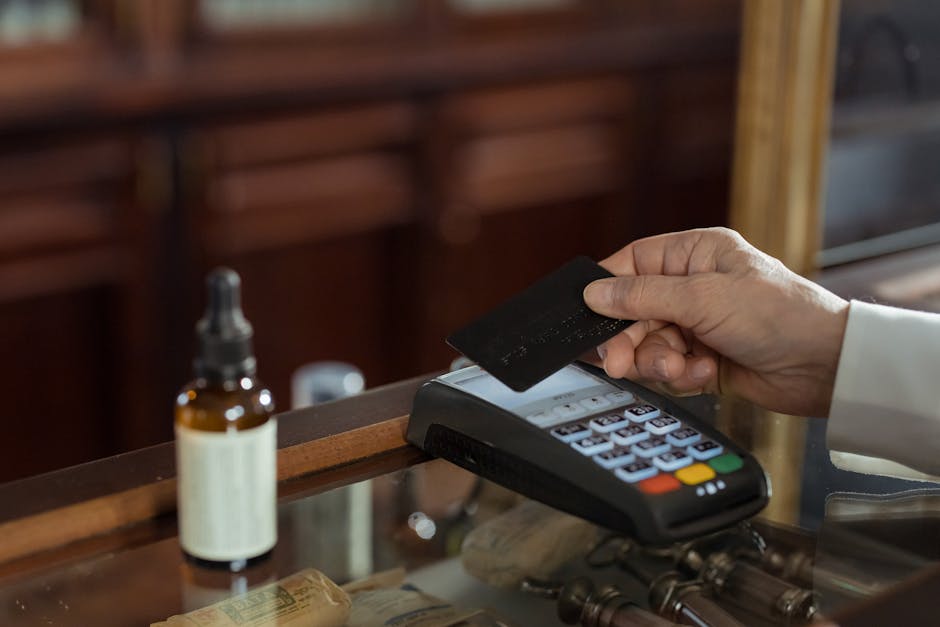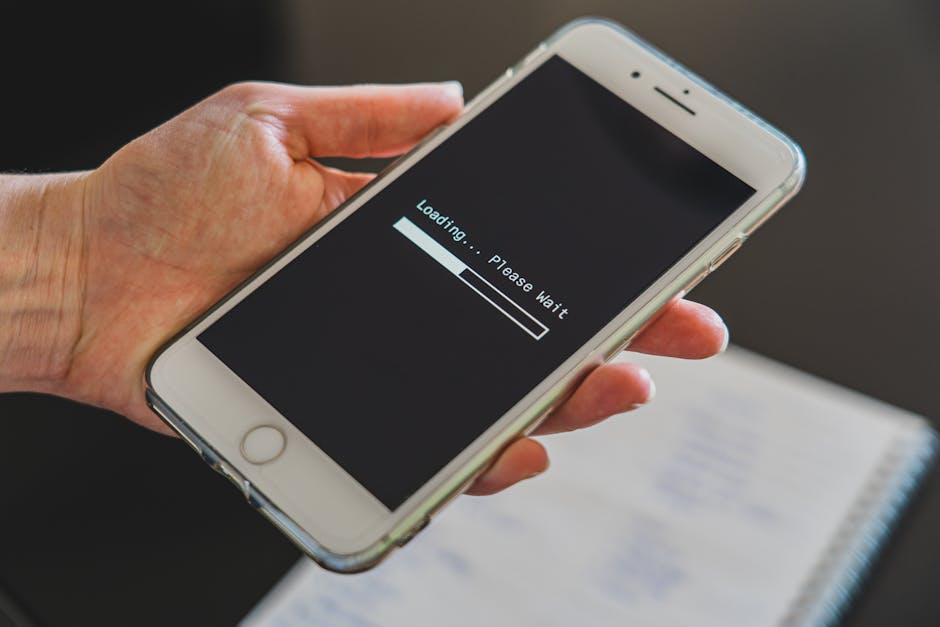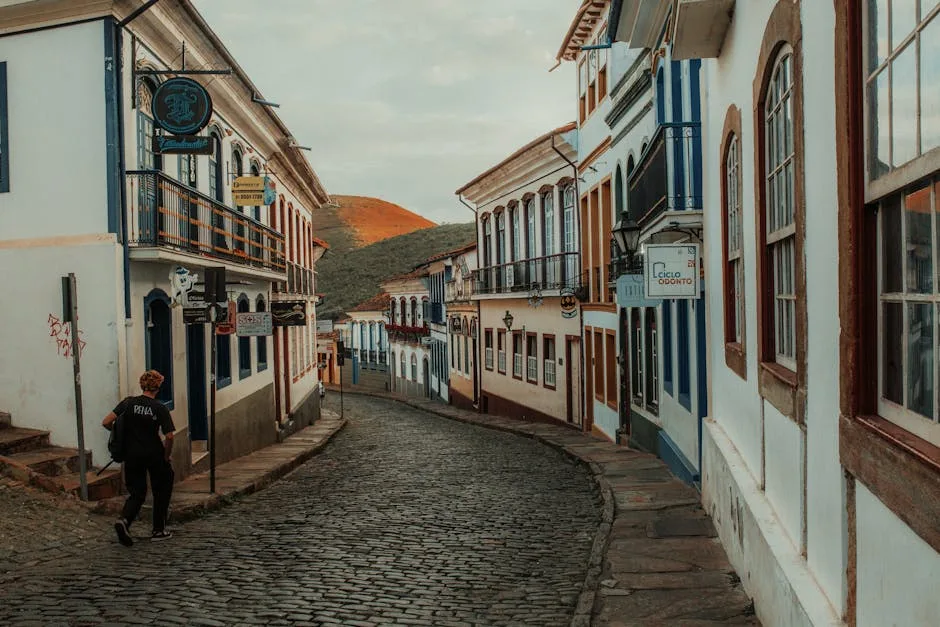- Why a Local Brazilian SIM Card is Your Best Travel Companion
- Getting to Know Brazil's Mobile Operators
- Vivo
- Claro
- TIM
- Prepaid vs. Postpaid: What's Best for Visitors?
- Prepaid (Pré-pago)
- Postpaid (Pós-pago)
- Where to Buy Your Brazilian SIM Card
- Official Operator Stores (Lojas Próprias)
- Supermarkets and Pharmacies (Supermercados e Farmácias)
- Airports
- The Essential Document: Your CPF
- What is a CPF?
- The Requirement for Foreigners
- How to Obtain a CPF as a Foreigner:
- Choosing Your Plan: Data, Calls, and Validity
- The Activation Process: Step-by-Step
- Important Considerations & Handy Tips
- Troubleshooting Common Issues
Ah, brazil! A land of vibrant culture, stunning landscapes, and unforgettable experiences. Whether you’re planning to samba in Rio, explore the amazon, or relax on a Bahia beach, staying connected is key to making the most of your adventure. While Wi-Fi is available in many places, having your own local brazilian SIM card offers unparalleled freedom, convenience, and peace of mind. Forget relying on spotty hotel Wi-Fi or racking up exorbitant roaming charges – getting a local SIM is surprisingly straightforward once you know the ropes.
This comprehensive guide will walk you through everything you need to know, from understanding Brazil’s mobile network landscape to the all-important activation process. We’ll make sure your communication is as smooth as a bossa nova beat!
Why a Local Brazilian SIM Card is Your Best Travel Companion
You might be thinking, ‘Do I really need a local SIM?’ The answer, especially for extended stays or independent travelers, is a resounding ‘yes!’ Here’s why:
- Cost Savings: Roaming fees from your home provider can quickly empty your wallet. Local plans offer much more data, calls, and texts for a fraction of the cost.
- Seamless Navigation: Google Maps, Waze, and other navigation apps are indispensable. Constant access to data ensures you never get lost, whether you’re driving through São Paulo or finding that hidden gem restaurant.
- Staying in Touch: WhatsApp is king in Brazil. Almost everyone uses it for messaging, voice calls, and video calls. A local number makes it easy to communicate with new friends, tour guides, and even order food.
- Emergency Preparedness: In an unexpected situation, having a working phone to call local emergency services or contacts can be a lifesaver.
- Booking & Reservations: Confirming tours, ordering rideshares (like Uber or 99), and making restaurant reservations become effortless with a local number.
- Security: Using your phone for ride-hailing apps means you don’t have to carry as much cash, and you can share your location with others for added safety.
Getting to Know Brazil’s Mobile Operators
Brazil has a few major players in the telecommunications market, each offering various plans and coverage. The big three are Vivo, Claro, and TIM. There are also smaller regional operators and MVNOs (Mobile Virtual Network Operators) like Algar Telecom and Oi (though Oi’s mobile division has been largely acquired by the big three, its fixed-line services remain).
Vivo
Often considered to have the widest coverage, especially in more remote areas. Vivo generally offers reliable service and good speeds, though sometimes at a slightly higher price point. If you plan to travel extensively outside major cities, Vivo might be your safest bet for consistent signal.
Claro
A strong competitor, particularly known for good speeds in urban centers and popular tourist destinations. Claro often has competitive data packages and is a solid choice for most travelers.
TIM
Another major player with good coverage and often very attractive pricing, especially for data-heavy users. TIM frequently runs promotions and can be a cost-effective option for many.
Recommendation: For most travelers staying in urban or popular tourist areas, any of the big three will likely provide excellent service. It often comes down to the best current promotion or the convenience of finding a store. Check their websites (or ask a local friend) for current prepaid offers before you arrive if you want to compare specifics.
Prepaid vs. Postpaid: What’s Best for Visitors?
In Brazil, as in many countries, you have two main options for mobile service:
Prepaid (Pré-pago)
This is almost always the best and easiest option for tourists and short-term visitors. You pay upfront for a certain amount of credit, which is then used for data, calls, and texts. Once your credit runs out or expires, you simply ‘recharge’ (fazer uma recarga) your account. Prepaid plans offer flexibility, no contracts, and no credit checks.
Postpaid (Pós-pago)
These are contract-based plans, typically requiring a Brazilian bank account, a long-term address, and a CPF (more on this crucial document below) for verification. They offer better rates for heavy users and often include international roaming perks, but they are not practical for temporary visitors due to the contractual commitment and stringent requirements.
Verdict: Stick with prepaid. It’s simple, efficient, and perfect for your travel needs.
Where to Buy Your Brazilian SIM Card
There are several places where you can purchase a SIM card (known as ‘chip’ in Brazil), but some options are better than others:
Official Operator Stores (Lojas Próprias)
This is highly recommended as your primary option. Each major operator (Vivo, Claro, TIM) has dedicated stores in malls, city centers, and larger commercial areas. The staff here are best equipped to help you with the purchase and initial activation, especially if you have language barriers or specific questions. They can ensure your passport is correctly scanned and your SIM is properly registered.
Supermarkets and Pharmacies (Supermercados e Farmácias)
You can often find SIM cards for sale at kiosks or customer service desks in large supermarkets (like Pão de Açúcar or Carrefour) and pharmacies (like Droga Raia or Pacheco). These are convenient, but the staff may not be able to assist with the activation process or have a full range of plans. You might just buy the physical SIM card and then have to activate it yourself later (which can be tricky if you don’t speak Portuguese).
Airports
Some major international airports (like São Paulo GRU or Rio GIG) have kiosks or small stores for mobile operators. While incredibly convenient immediately upon arrival, be prepared for potentially higher prices or a more limited selection of plans. If you’re tired after a long flight and just want to get connected, this can be a viable option, but compare prices if you have the energy.

The Essential Document: Your CPF
This is arguably the most critical and potentially challenging part of getting a SIM card in Brazil: the CPF (Cadastro de Pessoas Físicas).
What is a CPF?
The CPF is Brazil’s individual taxpayer identification number, similar to a Social Security Number in the US or a National Insurance Number in the UK. It’s used for almost everything in Brazil, from opening a bank account to making online purchases, and yes, buying and activating a SIM card.
The Requirement for Foreigners
Officially, Brazilian law requires a CPF for anyone purchasing and activating a SIM card. While some smaller shops or airport kiosks might occasionally bend the rules, it’s increasingly difficult to get a SIM without one.
How to Obtain a CPF as a Foreigner:
- At a Brazilian Consulate or Embassy Abroad: The easiest way if you plan ahead. You can apply for a CPF at a Brazilian diplomatic mission in your home country before you travel. This process can take a few days or weeks, so factor that into your planning.
-
In Brazil (The Official Way):
- Receita Federal (Federal Revenue Service): This is the government body responsible for issuing CPFs. You can start the process online by filling out a form on their website (search for ‘Formulário CPF estrangeiros’). After submitting the online form, you’ll receive a protocol number.
- Correios (Brazilian Post Office) or Banco do Brasil / Caixa Econômica Federal: With your protocol number and passport, you then need to visit one of these agencies. There’s usually a small fee (e.g., R$7-10) to process the request. They will give you a temporary document or direct you to print the official CPF proof from the Receita Federal website a few days later.
This process in Brazil can be time-consuming and might involve queues and some Portuguese communication. It’s often easier if you have a local friend or host who can assist you.
- Using a Friend’s CPF (Not Recommended, But Happens): Some travelers resort to having a Brazilian friend or host purchase and register a SIM card in their name. While this allows you to get connected, the SIM card is legally tied to your friend’s identity. If anything goes wrong (e.g., lost SIM, need to change plans), your friend will have to assist you. It’s also technically against the terms of service for most providers. Proceed with caution if you choose this route and only with someone you trust implicitly.
Crucial Tip: Bring your physical passport with you when attempting to buy a SIM card. A photocopy might not be accepted.
Choosing Your Plan: Data, Calls, and Validity
Once you have your CPF (or a plan to get one) and decide on an operator, you’ll need to choose a prepaid plan. Plans vary greatly but typically offer:
- Data Allowance: Measured in GB (Gigabytes). Most plans offer anywhere from 5GB to 50GB. Consider your usage – if you’re streaming lots of video or making frequent video calls, you’ll need more.
- Voice Minutes: Usually unlimited for calls to other phones within Brazil (both local and long-distance, using the carrier’s specific code).
- SMS Messages: Often unlimited for messages within Brazil.
- App Bundles: Many plans include unlimited use of popular apps like WhatsApp, Facebook, Instagram, or YouTube without deducting from your data allowance. This is a huge bonus!
- Validity Period: Plans are typically valid for 7, 15, or 30 days. Some operators offer daily plans too. Choose one that aligns with your stay.
Don’t be afraid to ask the store attendant (or your Brazilian friend) about the best plans for ‘turistas’ or ‘pré-pago com internet’ (prepaid with internet).
The Activation Process: Step-by-Step
Congratulations! You’ve purchased your SIM card. Now comes the activation. This usually involves a few steps:
- Insert Your SIM: Pop out your old SIM card and insert the new Brazilian SIM into your phone. Most modern phones use a ‘nano-SIM,’ but providers usually give you a triple-cut SIM that fits all sizes.
- Power Up and Wait for Signal: Turn on your phone. It should automatically detect the new network and try to connect. You might see the operator’s name (e.g., ‘Vivo,’ ‘Claro’) at the top of your screen, along with signal bars.
-
Initial Registration Call/SMS: This is the crucial part. Often, you’ll receive an SMS message (likely in Portuguese) asking you to call a specific number (usually an automated service) to complete registration. This call verifies your CPF and personal details.
- Listen Carefully (or get help!): The automated voice will ask for your CPF number and possibly your date of birth. Enter these using your phone’s keypad. If you don’t speak Portuguese, this can be very difficult. Ask the store attendant where you bought the SIM to help you make this call, or have a Brazilian friend assist.
- Follow Prompts: You might be asked to confirm details. Once successful, you’ll usually hear a confirmation message.
- Recharge (Recarga): After successful registration, you’ll need to top up your account with credit (unless you bought a plan that came with initial credit). You can do this at the operator store, a dedicated ‘recarga’ machine in supermarkets, or online via the operator’s app or website (though this often requires a Brazilian credit card).
- Activate Your Plan: Once you have credit, you usually need to select and activate your chosen prepaid plan via SMS code, the operator’s app, or by calling their customer service number. The store attendant should be able to guide you on this step at the time of purchase.
- Test It Out: Try making a call, sending a text, and, most importantly, browsing the internet to ensure everything is working correctly.

Important Considerations & Handy Tips
- Learn Basic Portuguese Phrases: ‘Quero comprar um chip pré-pago’ (I want to buy a prepaid SIM card), ‘Preciso de internet’ (I need internet), ‘Recarga, por favor’ (Recharge, please), ‘Ajuda’ (Help). These will go a long way.
- Unlock Your Phone: Ensure your phone is unlocked before you arrive in Brazil. If it’s locked to your home carrier, a Brazilian SIM won’t work.
- Download Operator Apps: Once activated, download the official app for your chosen operator (Vivo, Claro, TIM). These apps make it easy to monitor data usage, check your balance, recharge, and manage your plan, often with an English language option.
- WhatsApp is Essential: Download WhatsApp before you leave home. It’s the primary communication tool in Brazil for both personal and business interactions.
- Keep Your Number Handy: Write down your new Brazilian phone number.
- Stay Safe: Brazil has a reputation for phone theft. Be mindful of where and how you use your phone, especially in crowded areas or late at night. Avoid flashing expensive devices unnecessarily.
Troubleshooting Common Issues
Sometimes things don’t go perfectly. Here are a few common hiccups and how to address them:
-
SIM Not Recognized:
- Ensure the SIM is correctly inserted.
- Restart your phone.
- Check your phone’s settings: make sure ‘mobile data’ is enabled and ‘airplane mode’ is off.
- Try the SIM in another unlocked phone if possible to rule out a phone issue.
-
No Signal or Very Weak Signal:
- Move to an open area.
- Check the operator’s coverage map online (or ask).
- In your phone’s settings, try manually selecting the network operator instead of ‘automatic.’
-
Activation Failed / Can’t Complete Registration Call:
- This usually means an issue with your CPF or the registration process.
- Revisit the store where you bought the SIM. They are your best resource for troubleshooting activation problems.
- If you used a friend’s CPF, they might need to call the operator’s customer service on your behalf.
-
No Internet Despite Having Credit/Plan:
- Check your APN (Access Point Name) settings. These are usually configured automatically, but sometimes they need to be manually set. Search online for ‘APN [Operator Name] Brazil’ or ask the store attendant.
- Ensure you have data roaming turned off (unless you specifically bought a roaming package) and mobile data turned on.
- Check your data balance via the operator’s app or by dialing a short code.
-
Difficulty Understanding Automated Voice Prompts:
- This is where a friendly Brazilian can be a lifesaver. Don’t be shy to ask for help from a hostel worker, a local friend, or even a helpful person at the store.
- Many automated systems allow you to press ‘0’ or ‘9’ to speak to an attendant, though this will also be in Portuguese.
Getting a local SIM card in Brazil might seem like a small hurdle at first, primarily due to the CPF requirement, but the benefits far outweigh the initial effort. With your phone connected, you’ll unlock a world of convenience, safety, and seamless communication, allowing you to fully immerse yourself in the incredible experience that Brazil has to offer. Enjoy your trip, and stay connected!





